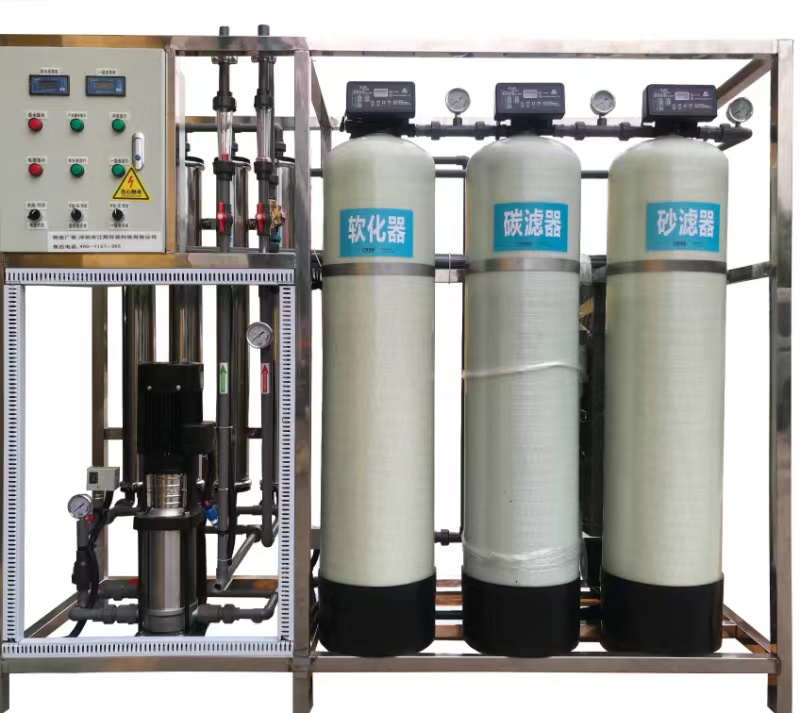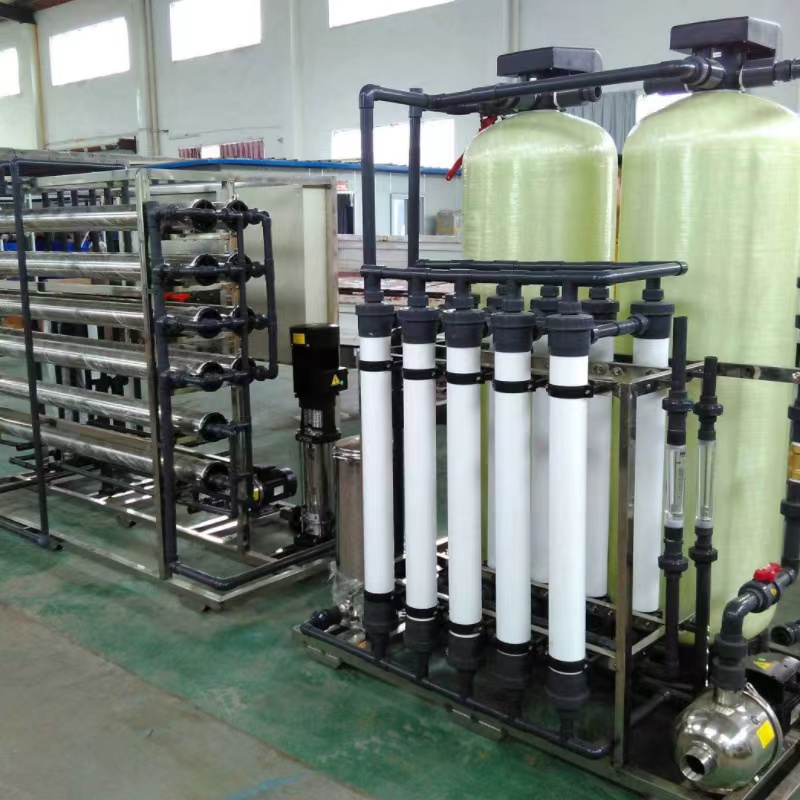 English
English 简体中文
简体中文  Esperanto
Esperanto  Afrikaans
Afrikaans  Català
Català  שפה עברית
שפה עברית  Cymraeg
Cymraeg  Galego
Galego  繁体中文
繁体中文  Latviešu
Latviešu  icelandic
icelandic  ייִדיש
ייִדיש  беларускі
беларускі  Hrvatski
Hrvatski  Kreyòl ayisyen
Kreyòl ayisyen  Shqiptar
Shqiptar  Malti
Malti  lugha ya Kiswahili
lugha ya Kiswahili  አማርኛ
አማርኛ  Bosanski
Bosanski  Frysk
Frysk  ភាសាខ្មែរ
ភាសាខ្មែរ  ქართული
ქართული  ગુજરાતી
ગુજરાતી  Hausa
Hausa  Кыргыз тили
Кыргыз тили  ಕನ್ನಡ
ಕನ್ನಡ  Corsa
Corsa  Kurdî
Kurdî  മലയാളം
മലയാളം  Maori
Maori  Монгол хэл
Монгол хэл  Hmong
Hmong  IsiXhosa
IsiXhosa  Zulu
Zulu  Punjabi
Punjabi  پښتو
پښتو  Chichewa
Chichewa  Samoa
Samoa  Sesotho
Sesotho  සිංහල
සිංහල  Gàidhlig
Gàidhlig  Cebuano
Cebuano  Somali
Somali  Тоҷикӣ
Тоҷикӣ  O'zbek
O'zbek  Hawaiian
Hawaiian  سنڌي
سنڌي  Shinra
Shinra  Հայերեն
Հայերեն  Igbo
Igbo  Sundanese
Sundanese  Lëtzebuergesch
Lëtzebuergesch  Malagasy
Malagasy  Yoruba
Yoruba  Español
Español  Português
Português  русский
русский  Français
Français  日本語
日本語  Deutsch
Deutsch  tiếng Việt
tiếng Việt  Italiano
Italiano  Nederlands
Nederlands  ภาษาไทย
ภาษาไทย  Polski
Polski  한국어
한국어  Svenska
Svenska  magyar
magyar  Malay
Malay  বাংলা ভাষার
বাংলা ভাষার  Dansk
Dansk  Suomi
Suomi  हिन्दी
हिन्दी  Pilipino
Pilipino  Türkçe
Türkçe  Gaeilge
Gaeilge  العربية
العربية  Indonesia
Indonesia  Norsk
Norsk  تمل
تمل  český
český  ελληνικά
ελληνικά  український
український  Javanese
Javanese  فارسی
فارسی  தமிழ்
தமிழ்  తెలుగు
తెలుగు  नेपाली
नेपाली  Burmese
Burmese  български
български  ລາວ
ລາວ  Latine
Latine  Қазақша
Қазақша  Euskal
Euskal  Azərbaycan
Azərbaycan  Slovenský jazyk
Slovenský jazyk  Македонски
Македонски  Lietuvos
Lietuvos  Eesti Keel
Eesti Keel  Română
Română  Slovenski
Slovenski  मराठी
मराठी  Srpski језик
Srpski језик
RO equipment clogging causes and cleaning precautions
2024-05-07
RO equipment clogging causes and cleaning precautions
In the reverse osmosis system operation process, reverse osmosis membrane surface will be due to the presence of raw water mud, colloid, organic matter, microorganisms and other pollutants and membrane separation process of insoluble substances produced by the concentration of the deposition, and the formation of reverse osmosis membrane contamination. We all know that the reverse osmosis system pretreatment device is to remove as much as possible to cause membrane contamination of the material and specially designed, nevertheless, even if the system has quite perfect pretreatment equipment can not completely avoid the membrane in the use of the process of pollution, so the need to carry out periodic removal of contaminants in the membrane system in the process of the operation of the equipment, this operation process is called the reverse osmosis system in situ Cleaning.

There will be a drop in system water production, an increase in salt permeability, and a decline in other membrane performance factors following contamination of the reverse osmosis membrane. It should be noted that changes in the phenomena of membrane contamination may be obscured by other factors because of the reverse osmosis equipment used in the process, which affects the membrane performance of other main parameters (pressure, temperature, etc.).

Reverse osmosis systems can be used for extremely effective cleaning because the majority of aromatic polyamide reverse osmosis composite membranes currently on the market have significant stability and some degree of temperature tolerance over a large pH value range. Years of engineering experience have demonstrated that it is very difficult to remove pollutants that have been adhered to the membrane's surface for an extended period of time with greater thoroughness if the reverse osmosis system is not contaminated to some extent in a timely manner.

In general, the following points should be noted when considering a membrane system cleaning program:
■ The environmental impact (EDTA, biocides, etc.) of the cleaning discharge effluent should be minimized.
■ The removal of contaminants from the cleaning process should be maximized as much as possible.
■ The damage to the membrane during cleaning should be minimized (the first consideration should be to select chemicals that have a low impact on membrane performance).
■ Minimize the cost of cleaning under the condition that the cleaning effect is guaranteed during the actual cleaning operation.
2、RO membrane pollution causes
■ Inappropriate pretreatment
The system is equipped with pretreatment devices relative to the raw water quality and flow rate is not appropriate, or in the system is not equipped with the necessary process devices and process links.
Pre-treatment device is not operating properly, that is, the system's original pretreatment equipment for raw water SDI components, turbidity, colloidal substances, such as the removal of low capacity, the pre-treatment effect is not ideal.
■ The system has selected inappropriate equipment or equipment material selection is not correct (pumps, piping and other).
■ Failure of system chemical injection device (acid, flocculant/coagulant aid, scale inhibitor/dispersant, reducing agent and others).
■ Failure to take appropriate protective measures after intermittent equipment operation or system shutdown.
■ Unreasonable equipment operation and utilization by operation managers (recovery, water production, concentration, differential pressure, cleaning, and others).
■ Prolonged buildup of insoluble sediments in the membrane system.
■ Raw water composition changes or water source characteristics have been fundamentally changed.
■ Reverse osmosis membrane systems have undergone considerable microbial contamination.
3、Membrane Contaminant Analysis
■ First of all should be carefully analyzed before the record, can reflect the equipment operating conditions of the recent equipment operation record information.
■ Analyze the raw water quality.Analyze the raw water quality.
■ Confirm the results of the cleaning that has been done before.
■ Analyze the foreign substances left on the filter membrane during the SDI value test when the system is in operation.
■ Analyze the buildup on the security filter cartridges configured for the reverse osmosis system.
■ Check for foreign substances inside the piping where raw water flows into the system and at the inlet end of the reverse osmosis membrane.
4、Reverse osmosis system cleaning timing judgment and selection
The reverse osmosis membrane system should be cleaned when one of the following conditions occurs.
■ Standardized plants produce 10-15% less water;
■ Standardized membrane system operating pressure increased by 15%;
■ Standardized membrane system salt permeability increased by 10~15% from the initial normal value;
■ 15% increase in operating differential pressure compared to initial operation.
Reverse osmosis equipment performance parameters and pressure, temperature, pH, system water recovery and raw water salt concentration and many other factors related to changes. Therefore, according to the initial test machine and get the normal technical parameters (product water flow, pressure, differential pressure and system desalination rate) as a basis and standardized with the current system data comparison is very important. In addition, the choice of cleaning time also depends on the use of reverse osmosis equipment in the region of raw water quality conditions and environmental characteristics of the differences, so it is necessary to implement appropriate management measures according to the conditions of the equipment site. But in any case, for any good design and management of the reverse osmosis system, chemical cleaning of the shortest period should be guaranteed in the cumulative continuous operation of more than 3 months, the operation time is generally up to 6-12 months or so the best, or else it must be considered on the original system of pretreatment equipment or its operation and management to improve.
3、Membrane cleaning process
(1) first with reverse osmosis product water (preferably reverse osmosis product water, can also be used in line with the reverse osmosis water intake standards of softened or filtered water) flushing reverse osmosis membrane components and system piping.
(2) With reverse osmosis product water should be at least qualified softened water preparation cleaning solution, and to ensure that the mix is uniform; in the cleaning should be repeated before confirming the cleaning solution pH and temperature is appropriate.
(3) First pump the cleaning solution into the reverse osmosis equipment with 1/2 of the normal cleaning flow rate and an operating pressure of 40 to 60 PSI, and remove the water stored inside the membrane vessel. And drain off some of the cleaning solution that has just started to circulate back to prevent the cleaning solution from being diluted.
(4) The cleaning system pressure control guideline for routine cleaning is to use the pressure that nearly completely stops the system from producing pure water (that is, the cleaning system supply pressure and the pressure difference between the concentrated and raw water are of equal size). In order to reduce the likelihood of the degree, the reverse osmosis membrane surface re-accumulation of foreign substances can be made possible by the proper cleaning operating pressure.
(5) cleaning, the first in the pressure vessel previously retained inside the water drain. Then the cleaning process to produce concentrated water and output water to the cleaning tank cycle, and pay attention to keep the cleaning fluid temperature stable. In the beginning of the cycle before cleaning, to first confirm that the cleaning fluid temperature and pH value has been in line with the standard.And its reflux cleaning fluid turbidity and other intuitive conditions to confirm: if the reflux cleaning fluid has been significantly discolored or cloudy should be re-prepared cleaning fluid; if the reflux cleaning fluid pH change value of more than 0.5, it is best to re-adjust the PH value or replace the cleaning fluid.
(6) The general procedure for chemically cleaning the system involves first cleaning the pressure vessel at a low flow rate (1/2 standard cleaning flow rate) for 5 to 15 minutes, followed by a medium flow rate (2/3 standard cleaning flow rate) for 10 to 15 minutes.
(6) Then stop the pump and turn off the valve, so that the membrane element immersed in the cleaning solution, the immersion time is roughly 1 hour. If the membrane contamination is more serious or cleaning more difficult to remove the pollutants, the process of immersion time can be appropriately extended. In order to ensure that the temperature of the cleaning solution for a long time, can also be used to repeat the combination of circulation and immersion.Generally speaking, the temperature of the cleaning solution should be maintained at least above 20 ℃ and below 40 ℃, the appropriate temperature of the cleaning solution can enhance the cleaning effect; please note: the temperature is too low in the cleaning solution may occur in the cleaning process of drug precipitation. When the temperature of the cleaning solution is too low, the cleaning should be arranged to raise the temperature of the cleaning solution to a more appropriate temperature before proceeding.




